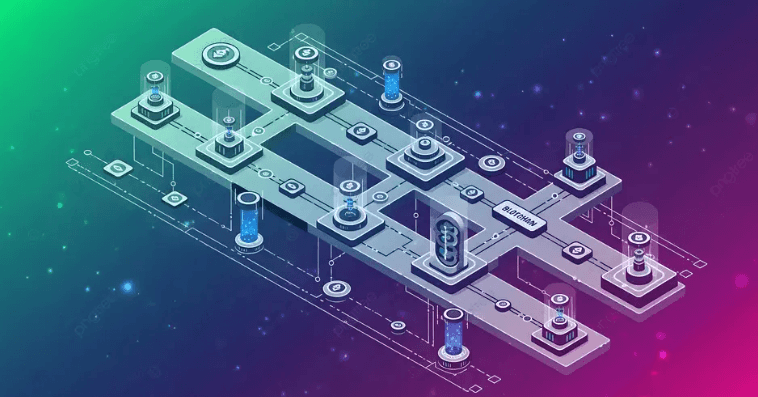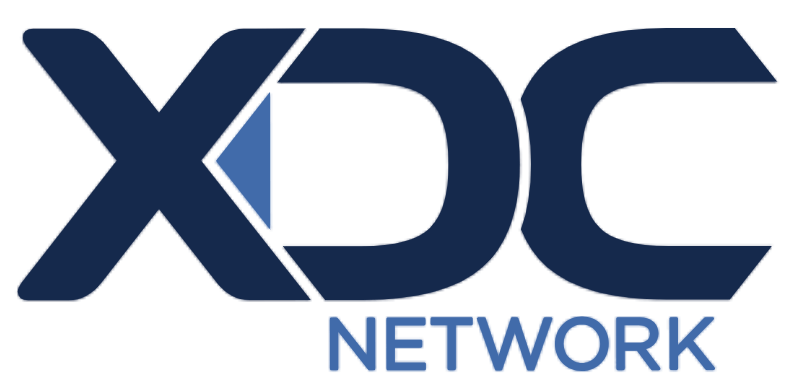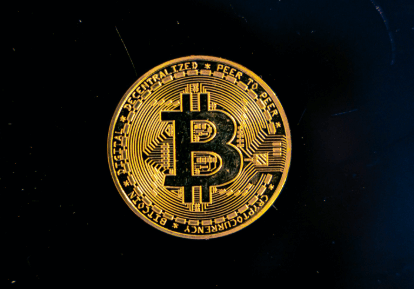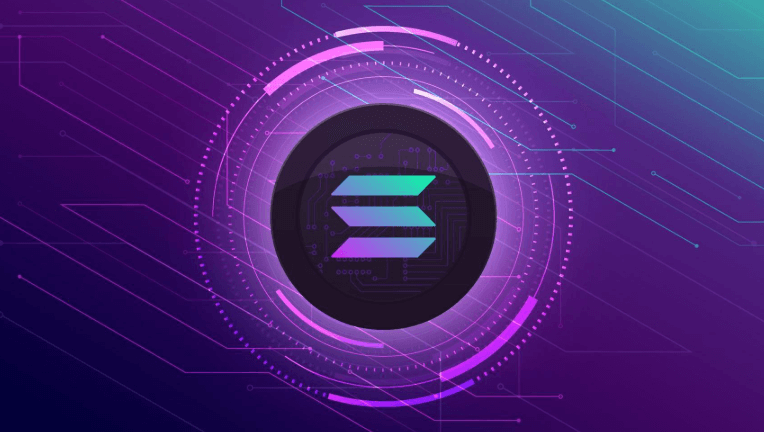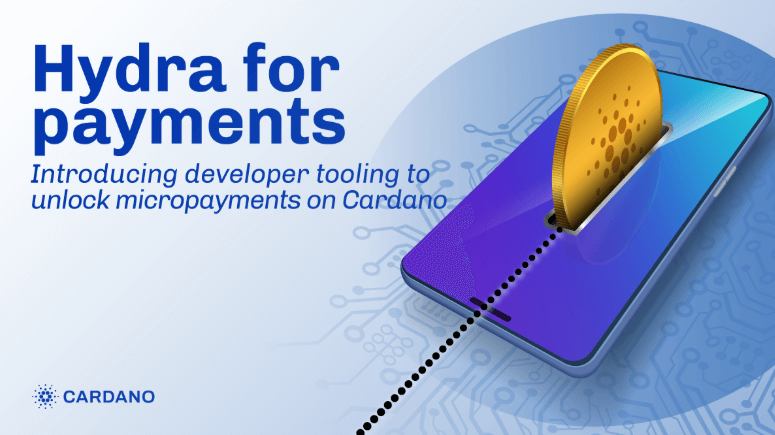Ripple Labs has officially entered the stablecoin arena with the launch of 10 million RLUSD — a U.S. dollar-pegged digital currency deployed on both the XRP Ledger and Ethereum networks. The move comes at a pivotal moment in the digital asset landscape, as regulatory frameworks for stablecoins gain traction in major economies, particularly with the progression of the Genius Act in the United States.

RLUSD, short for “Real Liquidity USD”, is Ripple’s long-anticipated stablecoin offering. Designed to be fully backed by a mix of U.S. dollar deposits, short-term government treasuries, and other high-quality liquid assets, RLUSD is positioned to compete directly with industry leaders such as USDT (Tether) and USDC (Circle).
In a statement from Ripple’s official channels, the company emphasized its long-standing commitment to regulatory compliance and transparency:
“With RLUSD, we’re bringing enterprise-grade trust and interoperability to the stablecoin sector. Built on both XRPL and Ethereum, RLUSD ensures seamless integration with the DeFi ecosystem while leveraging Ripple’s years of expertise in financial infrastructure.”
A Strategic Launch Amid Policy Shifts
Ripple’s timing is no coincidence. The announcement follows growing bipartisan support for the Genius Act (Generating Enhanced National Infrastructure for US Stablecoins), a bill that aims to establish comprehensive guidelines for fiat-backed stablecoins in the U.S. The legislation includes provisions for 1:1 backing, monthly attestation requirements, and clear distinctions between payment stablecoins and algorithmic tokens.
With the Genius Act making its way through both houses of Congress — and even receiving endorsement from major presidential candidates — the environment is increasingly favorable for compliant, transparent stablecoins like RLUSD.
“Ripple is playing the long game,” says David Mills, a fintech policy researcher at Stanford. “By launching a stablecoin ahead of full regulatory clarity, but with an architecture built to comply, they’re positioning themselves to dominate in the post-Genius Act era.”
Why RLUSD Matters
The global stablecoin market is booming, with over $251 billion in total supply and growing demand from both institutional and retail users. But it’s not without concerns: Tether’s opacity and Circle’s recent regulatory setbacks have left a gap in the market for a trustworthy, well-audited alternative.
Enter RLUSD.
Unlike most rivals, RLUSD is expected to publish real-time proof-of-reserves using both Merkle tree attestations and independent third-party audits. Additionally, its native interoperability with the XRP Ledger offers transaction speeds of under 3 seconds and fees near zero — a massive improvement over Ethereum’s often congested and expensive network.
Beyond infrastructure, RLUSD also fits strategically within RippleNet — Ripple’s existing network of over 300 financial institutions. By embedding RLUSD into cross-border payment flows, Ripple hopes to create an all-in-one solution that merges crypto-native liquidity with traditional finance.
Market Reception and Future Outlook
The initial minting of 10 million RLUSD may seem modest, but analysts believe it signals a wider rollout in the coming months. With Ripple’s history of cautious, regulation-first expansion, many expect RLUSD’s supply to grow rapidly once the Genius Act is officially enacted.
Moreover, speculation is rising that major exchanges — including Coinbase and Binance — may list RLUSD in the near future, particularly as institutions look for safer alternatives to Tether in light of ongoing scrutiny.
“RLUSD isn’t just another stablecoin,” says Rachel Lin, DeFi strategist at Parallel Finance. “It’s a bridge between compliant finance and Web3. If Ripple executes, this could become one of the dominant stablecoins globally.”
Disclaimer: This article is for informational purposes only and is not investment advice. Investors should research carefully before making any decisions. We are not responsible for your investment decisions.

